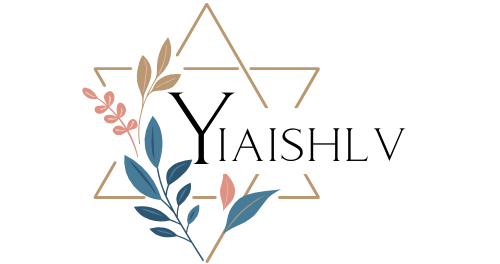Judaism is one of the world’s oldest religions, with a rich history that dates back more than 3,000 years. Central to this enduring faith are its sacred texts, which are at once historical chronicles, moral guidebooks, and spiritual compasses.
In this article, we delve into ten of the most significant Jewish holy books, exploring their origins, contents, and influence. We invite you to join us on this fascinating journey, whether you’re an adherent of the Jewish faith seeking to deepen your understanding or simply a curious reader eager to explore these ancient texts.
To truly appreciate these books, it’s crucial to understand that they aren’t just ‘books’ in the typical sense. They are foundational pillars of Jewish thought, belief, and practice, and they touch upon every facet of life, from the mundane to the divine.
These texts are also continually studied, debated, and interpreted through generations, giving birth to an immense body of commentary, law, and philosophy. They are, in essence, living documents that breathe life into Jewish faith and culture.
1. Torah (The Five Books of Moses)

The Torah, often referred to as the Five Books of Moses, is the cornerstone of the Jewish faith. It comprises Genesis, Exodus, Leviticus, Numbers, and Deuteronomy, providing a narrative account of the world’s creation, the patriarchs, the exodus from Egypt, the giving of the Law at Mount Sinai, and the wanderings of the Israelites in the wilderness.
The Torah is more than just a historical record. It also contains hundreds of laws and commandments (mitzvot) that guide every aspect of Jewish life, from dietary restrictions to ethical conduct. It is read in its entirety in the synagogue over the course of a year, underscoring its ongoing relevance and centrality in Jewish worship and study.
Importance
As the foundational text of Judaism, the Torah includes the Five Books of Moses and provides the basis for Jewish law and theology.
2. Nevi’im (Prophets)

Nevi’im, or Prophets, is the second section of the Hebrew Bible. It is divided into two parts: the Former Prophets (which include Joshua, Judges, Samuel, and Kings) and the Latter Prophets (comprising Isaiah, Jeremiah, and Ezekiel, along with the twelve minor prophets). T
he Nevi’im provides both historical accounts and prophetic visions, offering guidance for moral and ethical conduct.
The prophetic books are not only historical narratives but are also filled with poetry, metaphors, and visions that seek to inspire, challenge, and comfort the Jewish people.
Through these texts, the prophets deliver stern warnings against injustice and idolatry, while also offering hope and consolation. The words of the prophets are often cited in liturgy and sermons, reminding Jews of their covenant with God and their moral obligations.
Importance
The Prophets offer moral and ethical guidance through historical narratives and prophetic visions.
3. Ketuvim (Writings)
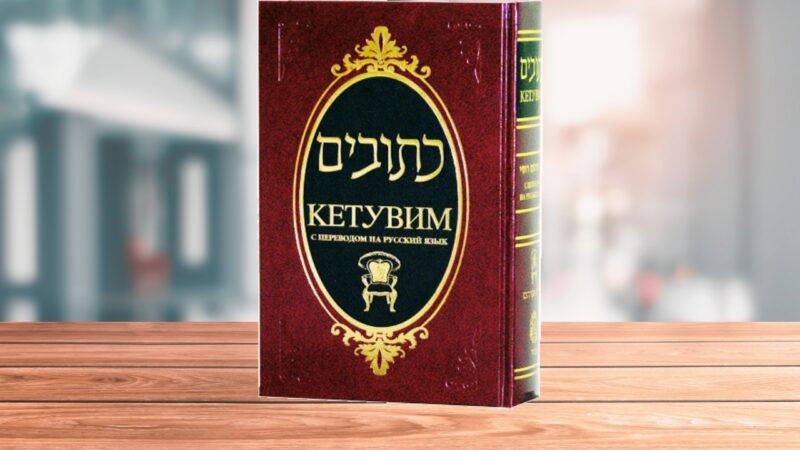
The Ketuvim, or Writings, is the third and final section of the Hebrew Bible. It is a diverse collection of books, including Psalms, Proverbs, Job, Song of Songs, Ruth, Lamentations, Ecclesiastes, Esther, Daniel, Ezra-Nehemiah, and Chronicles.
These books contain poetry, wisdom literature, narratives, and apocalyptic literature, adding richness and depth to the Jewish scripture.
While the Torah provides the laws and the Prophets the moral compass, the Ketuvim supplies the emotional and philosophical underpinnings of Jewish life.
It wrestles with complex questions of human existence, explores the intimate relationship between God and man, and provides the words of comfort, joy, and reflection used in personal and communal prayer.
Importance
The Writings provide the emotional and philosophical depth of Judaism, dealing with complex questions of human existence and the divine-human relationship.
4. Mishnah
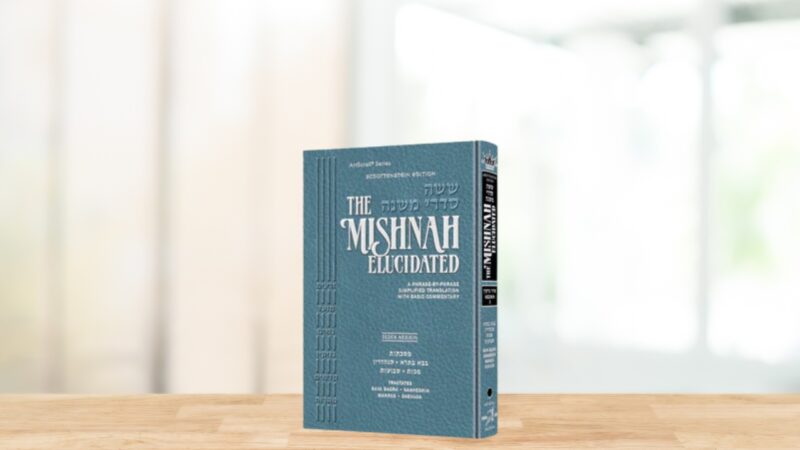
The Mishnah, compiled around 200 CE, is the first major written collection of Jewish oral laws, which were transmitted orally since the time of Moses. It consists of six orders (Sedarim), covering topics such as agriculture, holidays, marriage, civil and criminal law, sacrifices, and ritual purity.
The Mishnah’s importance lies in its role as a bridge between the biblical commandments and the detailed laws that govern Jewish life. It provides the raw material for much of the subsequent rabbinic discussion in the Talmud, making it a cornerstone of Jewish law and thought.
Importance
The Mishnah is the first major written collection of Jewish oral law, acting as a bridge between the biblical commandments and detailed legal codes.
5. Talmud
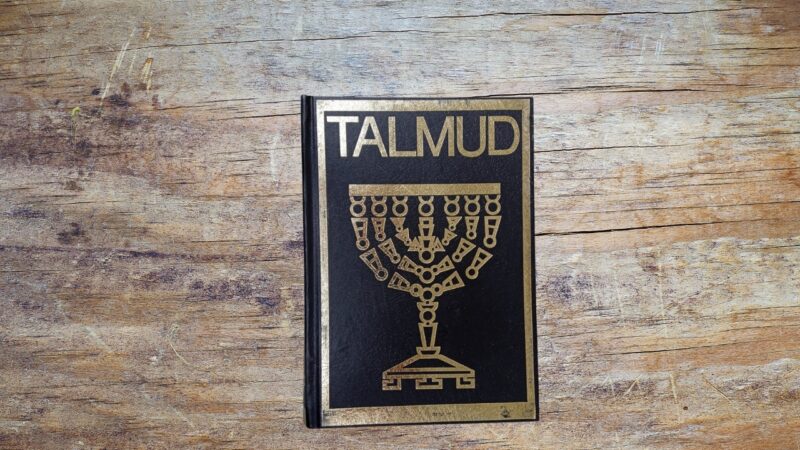
The Talmud developed between 200-500 CE, is the central text of Rabbinic Judaism and the primary source of Jewish law (Halacha) and Jewish theology.
It consists of the Mishnah and the Gemara (rabbinical discussions and commentary on the Mishnah). There are two versions: the Jerusalem Talmud (Talmud Yerushalmi) and the Babylonian Talmud (Talmud Bavli).
As a vast repository of law, lore, and wisdom, the Talmud offers profound insights into every aspect of life, from the mundane to the metaphysical.
Its pages buzz with vigorous debates, revealing a dynamic tradition that values inquiry, discussion, and intellectual rigor. For many Jews, the study of the Talmud is a lifelong endeavor and a spiritual practice in its own right.
Importance
As a central text of Rabbinic Judaism, the Talmud provides Jewish law (Halacha) and Jewish theology, offering profound insights into every aspect of life.
6. Midrash
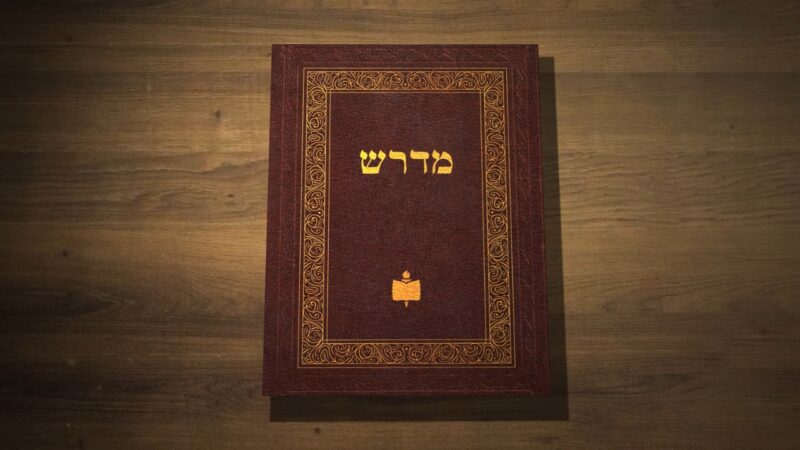
The Midrash is a genre of rabbinic literature that provides commentary on the Torah and the rest of the Hebrew Bible. Developed between 400 and 1200 CE, the Midrash uses storytelling, allegory, and homiletics to delve deeper into the biblical text, revealing hidden meanings, resolving textual difficulties, and deriving legal principles.
Midrashic literature is a testament to the Jewish tradition’s commitment to ongoing interpretation and re-interpretation of sacred texts. It encourages readers to engage actively with the texts, prompting them to ask questions and seek answers, and it imbues the biblical narratives with added layers of meaning and relevance.
Importance
The Midrash uses storytelling and allegory to delve deeper into the biblical text, revealing hidden meanings and deriving legal principles.
7. Zohar

The Zohar, written in the late 13th or early 14th century, is the foundational work of Jewish mysticism, or Kabbalah. Traditionally attributed to the 2nd-century Rabbi Shimon bar Yochai, the Zohar offers mystical commentary on the Torah, blending theology, mythology, and ethical discourse.
Reading the Zohar opens up a rich, complex universe of divine emanations, angelic hierarchies, and esoteric symbolism. It is a challenging yet rewarding text that invites readers to contemplate the divine mysteries, the nature of the soul, and the spiritual dimensions of the Torah’s commandments.
Importance
As the foundational work of Jewish mysticism, the Zohar offers mystical commentary on the Torah, blending theology, mythology, and ethical discourse.
8. Shulchan Aruch

The Shulchan Aruch, or “Set Table,” is a codification of Jewish law authored by Rabbi Joseph Caro in the 16th century. It is divided into four sections, each addressing different aspects of Jewish law, such as daily life, holidays, marriage, and civil law. Rabbi Moshe Isserles added glosses to the Shulchan Aruch, incorporating Ashkenazi customs and practices.
The Shulchan Aruch is a key reference work for observant Jews, providing practical guidance on how to observe the mitzvot in daily life. While it is not without controversy due to its inherent tendency to limit the scope of halachic discussion, its clear, organized structure has made it the starting point for much of the subsequent halachic discourse.
Importance
The Shulchan Aruch is a codification of Jewish law, providing practical guidance on how to observe the commandments in daily life.
9. Siddur
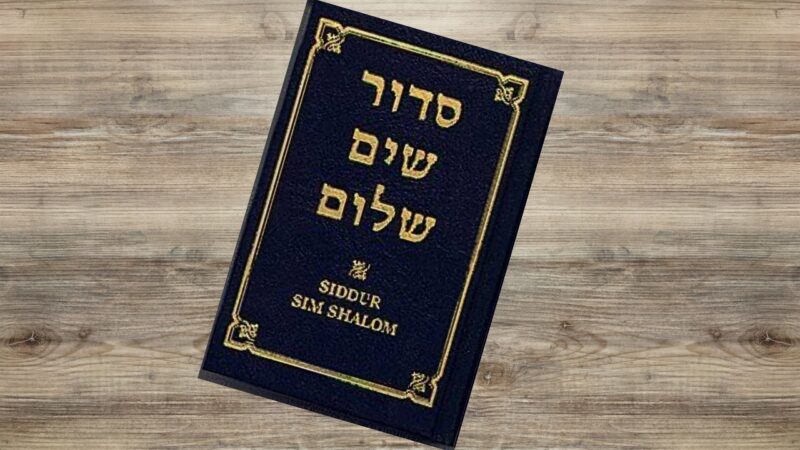
The Siddur is the Jewish prayer book used in both personal and communal prayer. It contains prayers for weekdays, Shabbat (the Sabbath), and Jewish holidays. Some of the oldest prayers can be traced back to the time of the Second Temple, while others were added by the rabbis of the Talmudic period and the Middle Ages.
Each prayer in the Siddur serves a unique purpose, from praising and thanking God to seeking forgiveness and asking for personal needs. The Siddur is thus a tool for spiritual reflection and connection, helping Jews to articulate their deepest hopes, fears, and aspirations in the context of their relationship with God.
Importance
The Siddur is the Jewish prayer book, serving as a tool for spiritual reflection and connection in personal and communal prayer.
10. Tanya
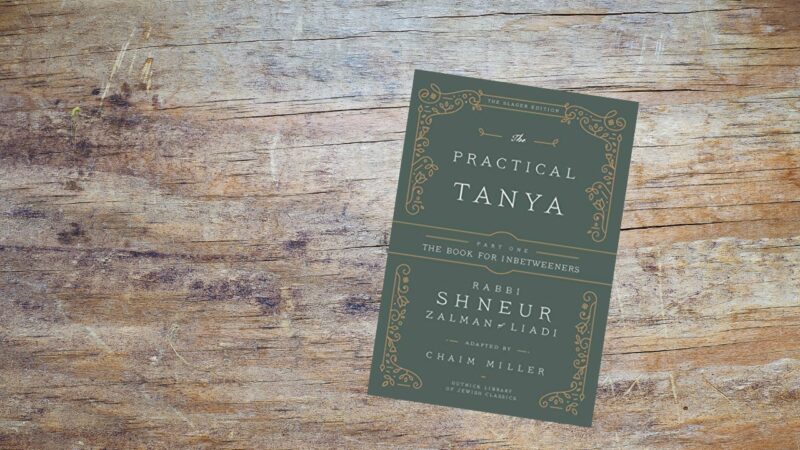
The Tanya, written by Rabbi Schneur Zalman of Liadi in the late 18th century, is a foundational text of Chabad Hasidism. It explores the nature of the soul, the dynamics of good and evil, and the path to spiritual transformation. Its teachings are based on the Torah, the Talmud, the Zohar, and the earlier works of Jewish mysticism.
For followers of Chabad, and indeed for many others in the broader Jewish community, the Tanya is a guide to ethical living and spiritual growth. It provides a practical roadmap for the ‘soul’s journey,’ aiming to help individuals to live with greater consciousness, purpose, and joy. Like all of the texts discussed in this article, the Tanya is not just a book; it’s a companion for life, a source of wisdom that illuminates the path forward, even in the darkest times.
Importance
The Tanya, a foundational text of Chabad Hasidism, provides a guide to ethical living and spiritual growth, exploring the nature of the soul and the dynamics of good and evil.
Closing Thoughts
These ten books are but a fraction of the vast treasury of Jewish literature. Yet, they represent the richness and diversity of Jewish thought and practice, embodying the sacred teachings, laws, narratives, prayers, and mystical insights that have shaped Jewish life for millennia.
Each text is a doorway into the Jewish soul, inviting us to delve deeper, ask harder questions, and cultivate a profound appreciation for the wisdom and beauty of Judaism. Whether you’re exploring Judaism for the first time or looking to deepen your understanding, these books are invaluable companions on your journey.
